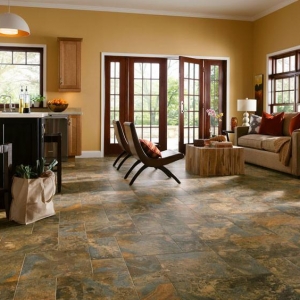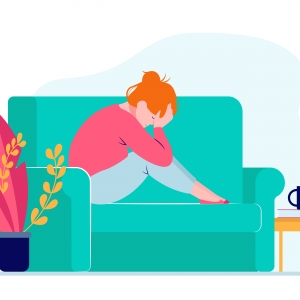Custom plush toys are cherished for their personal significance, unique design, and sentimental value. Whether they commemorate a special moment, represent a brand mascot, or are part of a personalized gift, these soft companions deserve proper care. Over time, even the highest-quality custom plush toys may show signs of wear. Regular maintenance and timely repair can significantly extend their lifespan and preserve their appearance.
This article explores practical steps for maintaining and repairing custom plush toys, helping collectors, parents, and businesses keep their plush creations in top condition.
Routine Maintenance Tips
Regular care can prevent damage and reduce the frequency of repairs. Here's how to keep your plush toys clean and fresh:
a. Dusting and Surface Cleaning
Use a soft-bristled brush or lint roller to remove surface dust and lint.

For light surface stains, use a damp cloth with mild soap and gently dab the affected area. Avoid over-wetting.
b. Washing Considerations
Always check if the plush toy has care labels indicating washing instructions.

For washable plush toys:
Use a pillowcase or laundry bag to protect them in the machine.
Wash on a gentle cycle with cold water and mild detergent.
Air-dry thoroughly—never use a dryer, as heat can damage fabric and fillings.
c. Deodorizing
Sprinkle baking soda on the plush surface, let it sit for 30 minutes, then vacuum gently.
Avoid using strong chemical sprays or perfumes.
Common Issues and Repair Solutions
Even with careful handling, plush toys may suffer from wear and tear. Here are common problems and how to fix them:
a. Loose Seams or Holes
Use a needle and matching thread to hand-stitch any opened seams.
Use the ladder stitch (invisible stitch) for clean repairs.
For larger holes, consider sewing a fabric patch from a similar material.
b. Detached Parts (e.g., Eyes, Noses, Limbs)
Reattach plastic parts with safety eyes or securely sewn-on features.
Avoid glue on plush surfaces, as it can damage fabric and is not child-safe.
c. Flattened or Lumpy Stuffing
Open a small section of the seam, redistribute stuffing, or add new polyester fill.
Use hypoallergenic stuffing for safety, especially in toys for children.

d. Fabric Pilling or Fading
Use a fabric shaver to remove pilling carefully.
For faded colors, try fabric-safe dye or consider a professional restoration service.
Storage and Preservation
Proper storage is key to preventing mold, dust, or insect damage:
Store plush toys in breathable containers or display cases.
Avoid plastic bags that trap moisture.
Add lavender sachets or cedar blocks to deter pests naturally.
When to Seek Professional Help
If the plush toy is of high sentimental or collectible value, or if the damage is beyond basic stitching and cleaning, consider:
Plush restoration specialists who can restore original features.
Toy hospitals that offer services like re-stuffing, dyeing, and complete overhauls.
Maintaining Emotional Value
For many, custom plush toys represent more than fabric and stuffing—they carry emotional weight. Repairing a plush toy instead of replacing it retains the memory and story attached to it. Custom plush manufacturers may also offer repair services or replacement parts.
Summary
Custom plush toys are treasures that benefit from regular maintenance and gentle handling. Whether it’s a beloved childhood companion or a promotional mascot, keeping it clean, intact, and vibrant helps preserve both its physical condition and emotional value. With a few tools, basic sewing skills, and thoughtful care, your plush friend can stay huggable and handsome for years to come.







